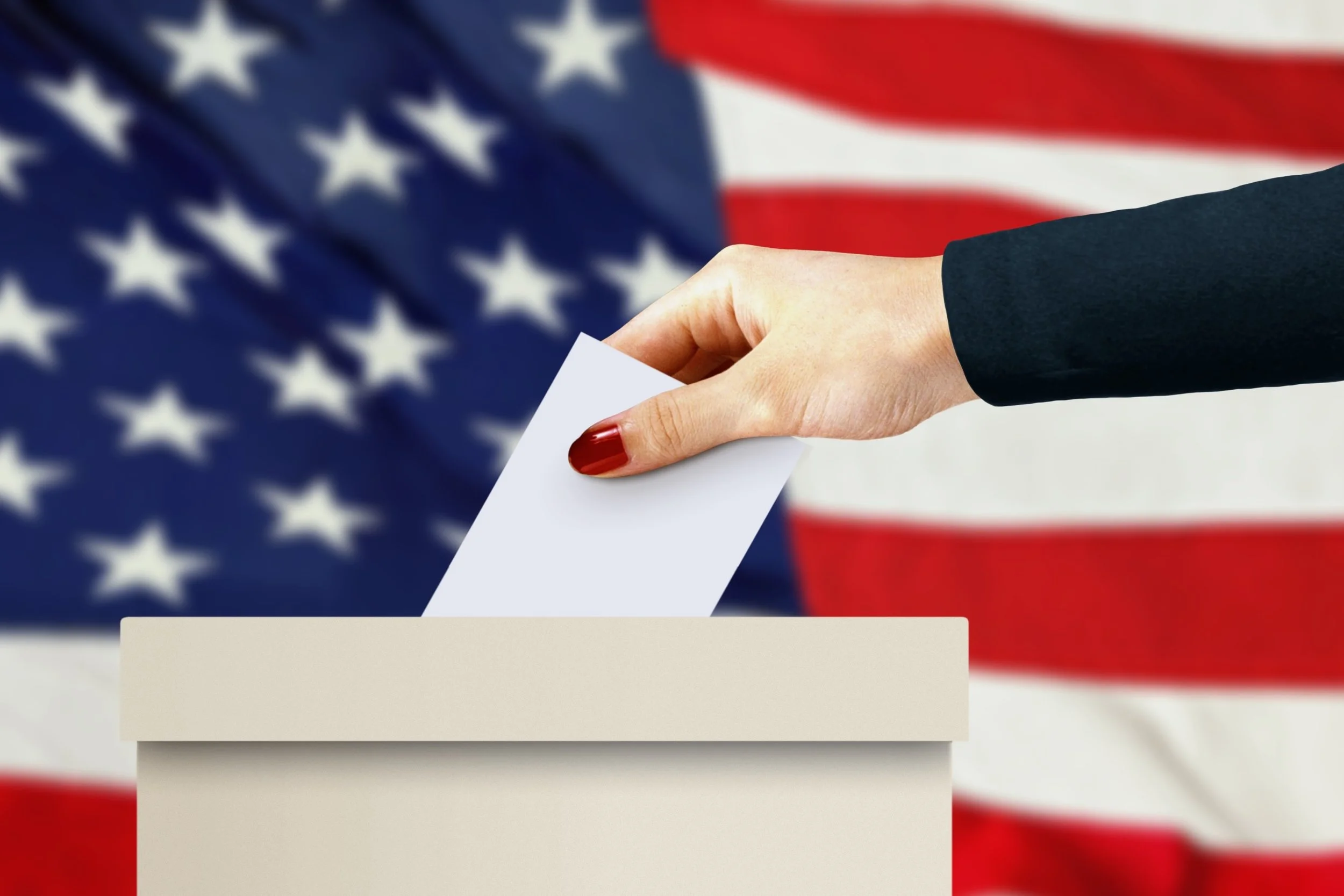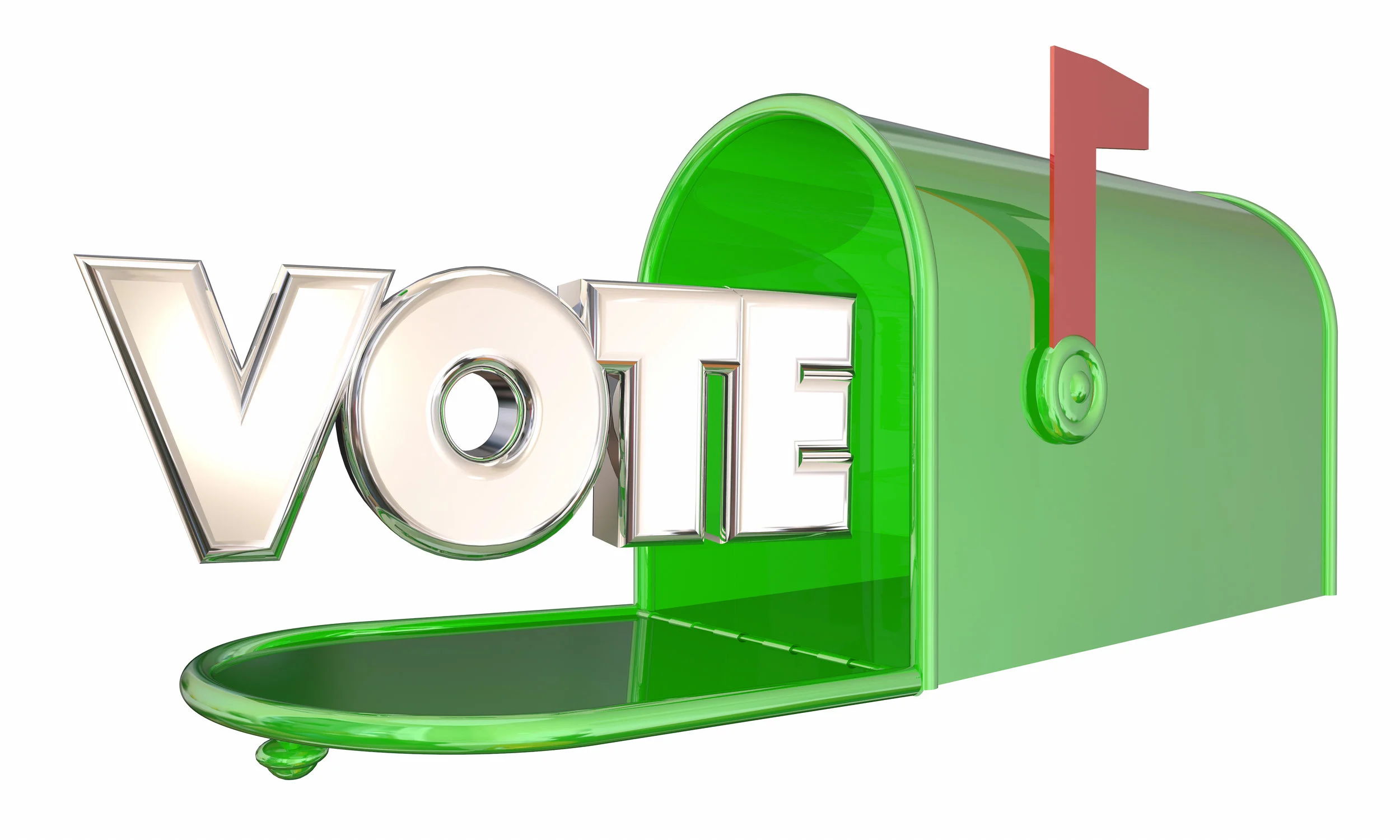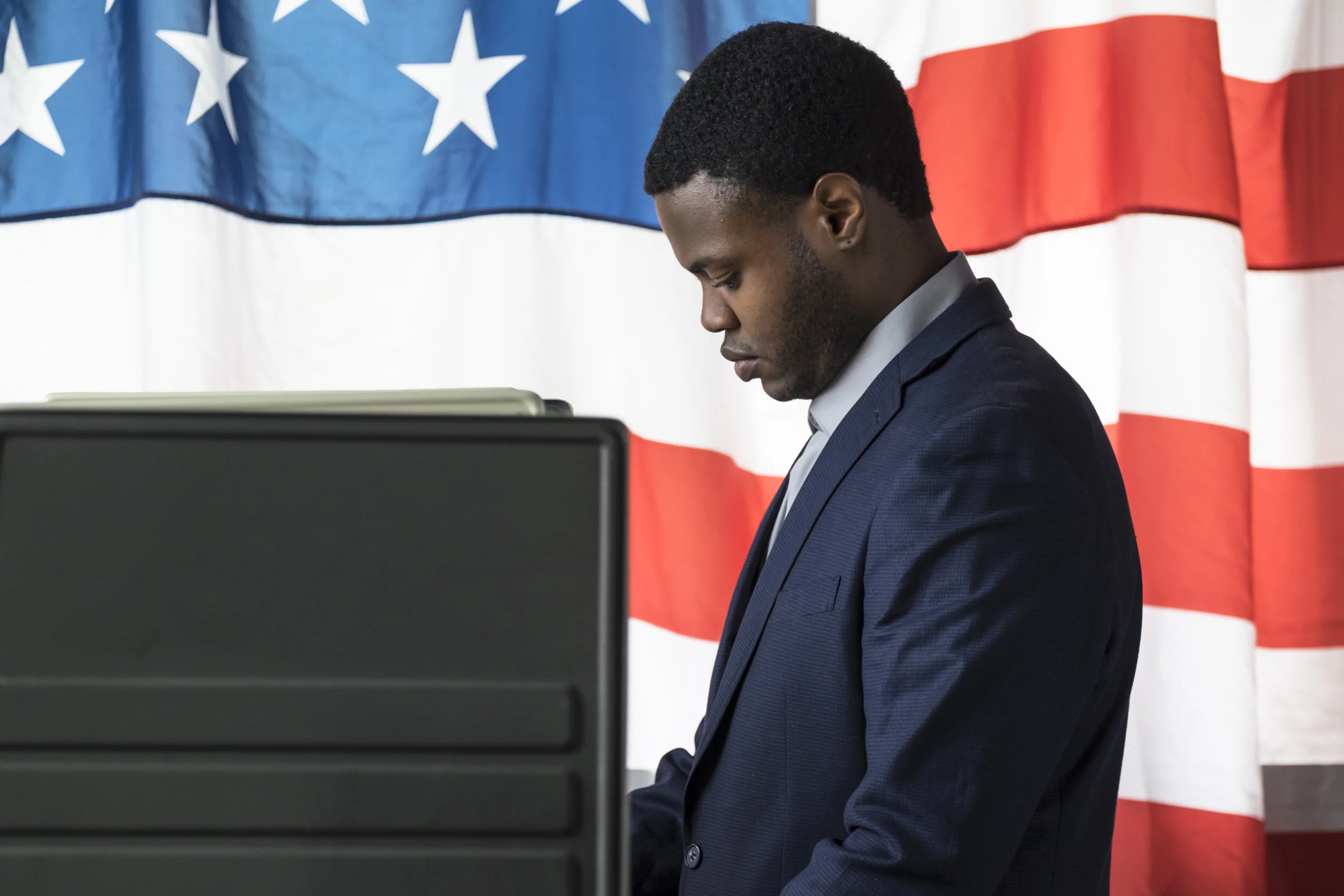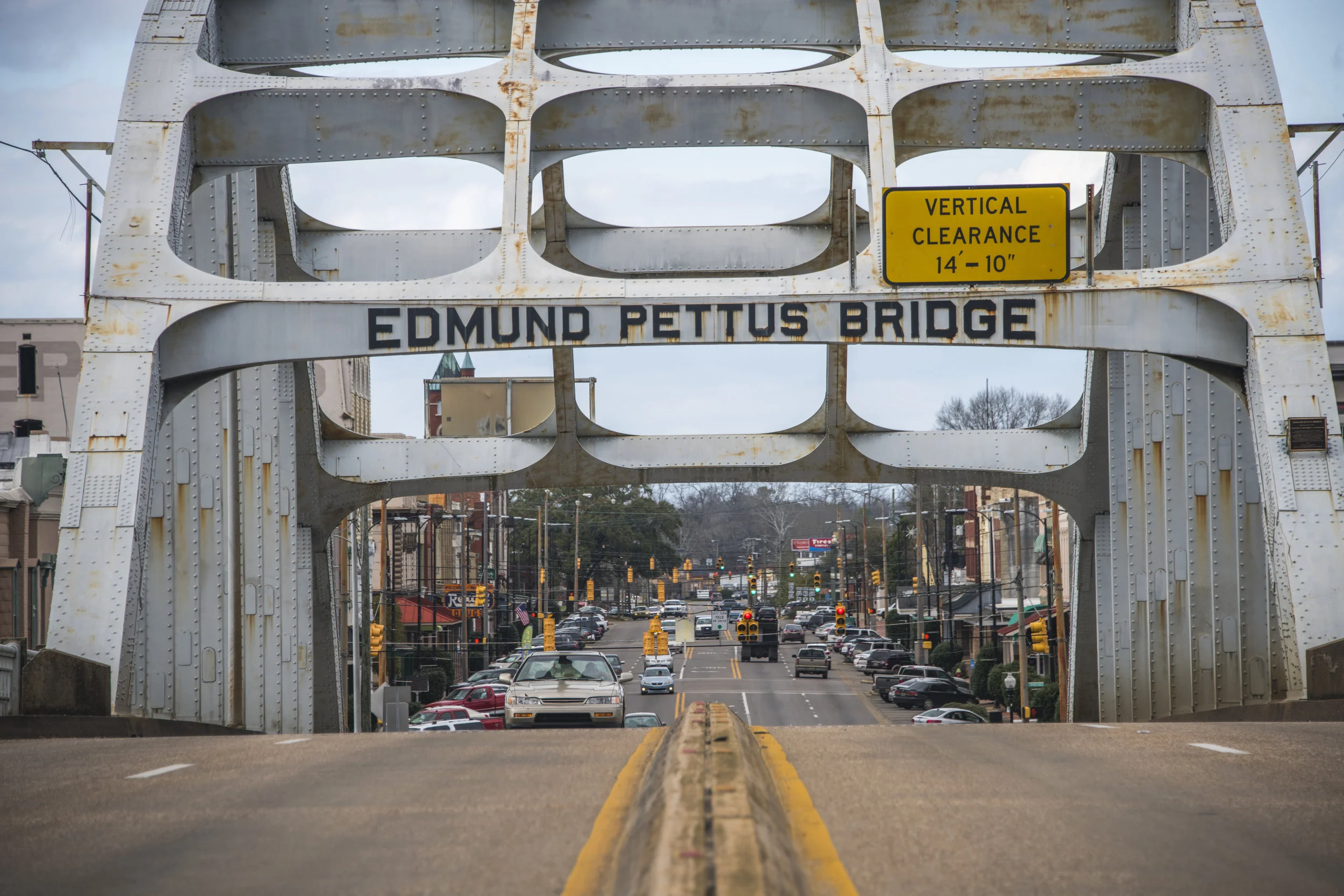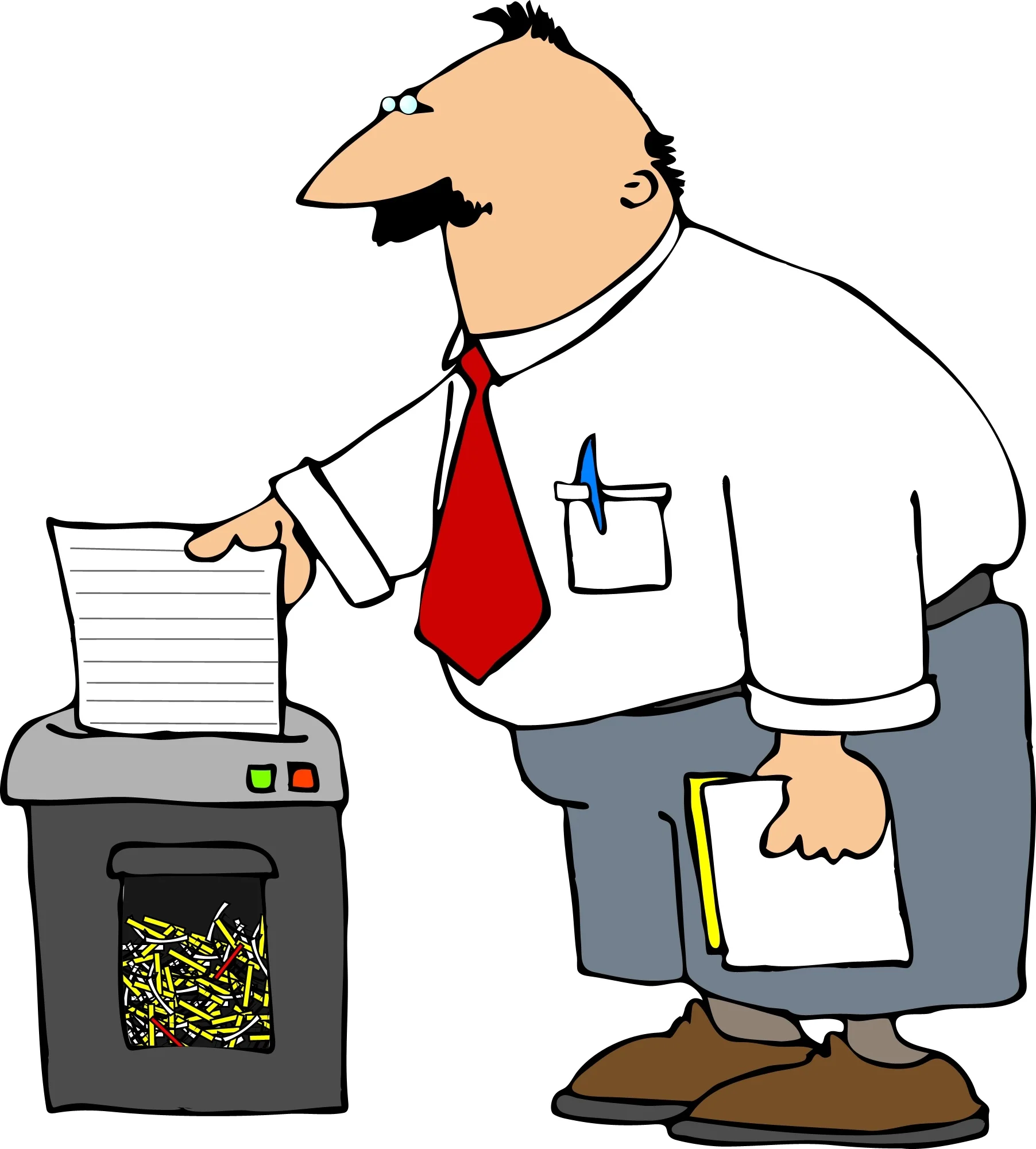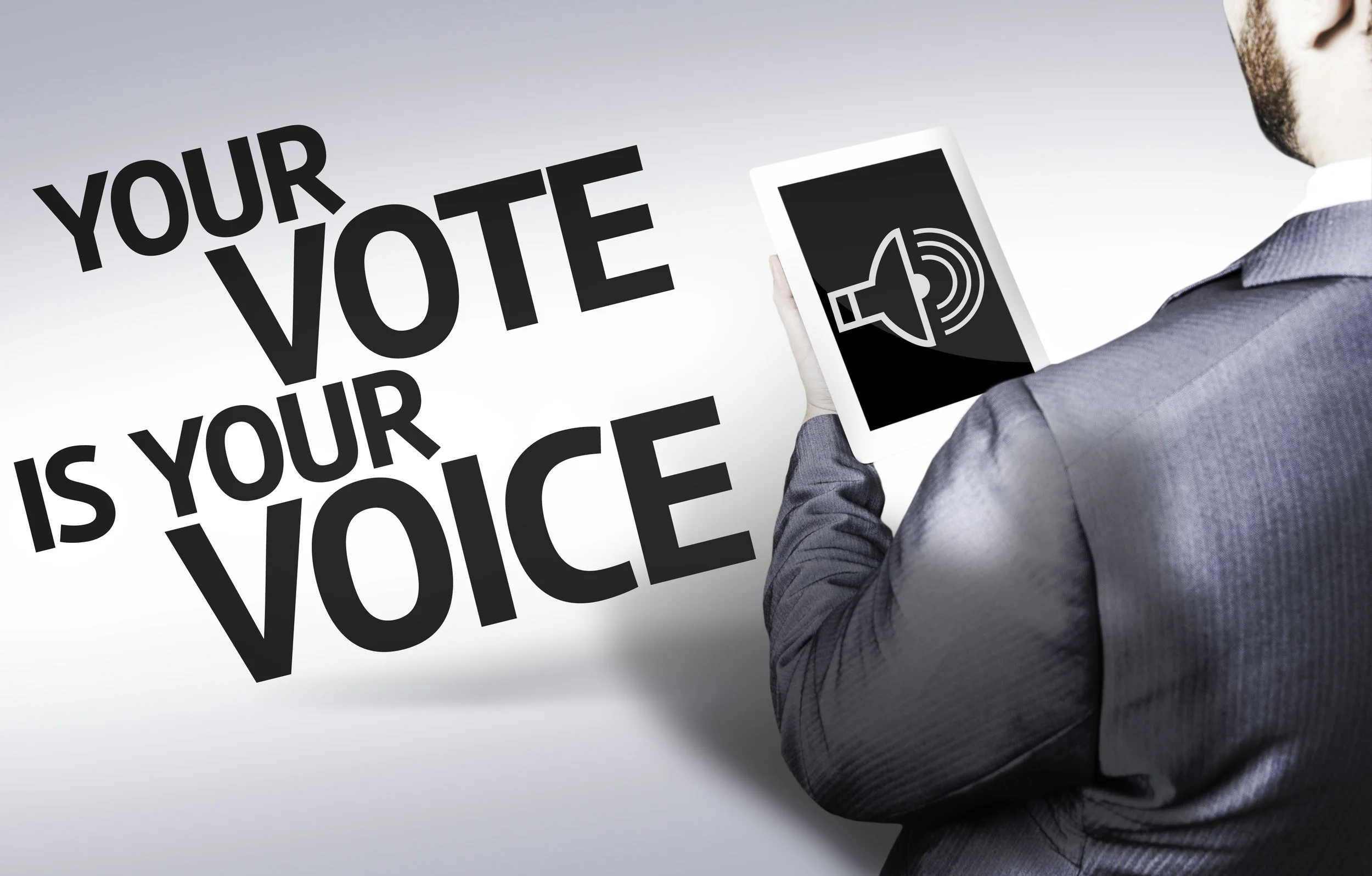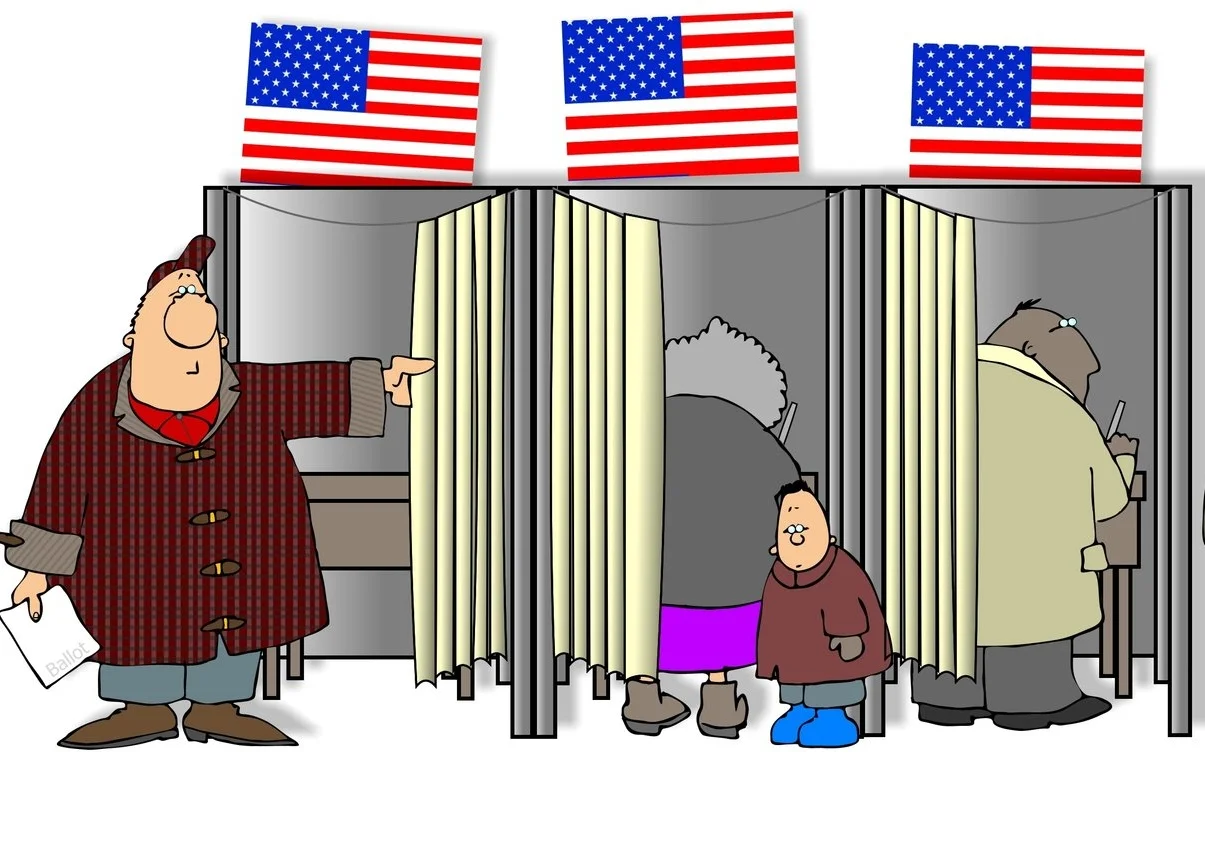Voting is a habit. In 2014, many states with the highest level of participation were also competitively close in 2016. Most recently, Michigan, where the election was closest in our last presidential election, “shattered” mid-term primary voter turnout. With a national popular vote, presidential elections would be competitive in every state and turnout would soar everywhere. The most meaningful way to increase voter turnout in midterms permanently would be to make every vote count equally in presidential elections.
WSJ: "Americans tend to vote when they feel their vote will matter"
“Americans tend to vote when they feel their vote will matter,” writes The Wall Street Journal in its analysis of voter turnout in the 2016 presidential election. Due to the nearly universal winner-take-all system of allocating states’ entire slate of electors to the in-state winner, no matter how close the outcome, voters in deep blue states (think California) or deep red states (think Texas) have less incentive to vote: winning the state by a greater margin does nothing to help candidates, and perennially losing makes seeking votes in that state a lost cause with no benefit to the losing party. Not surprisingly, the most populous states (which also happen to be among the least competitive races)—New York, California, and Texas— all dragged down national turnout in 2016 because of their lower-than-average voter participation. Because of their large populations, these states have the most electors in the Electoral College, and their electoral votes are vital to a candidate’s victory, yet individual votes there matter the least. Does that make any logical sense? A change to the national popular vote model for our presidential election would make every vote count and make races in these states relevant again. No doubt more Republicans and Democrats in Texas, Californian, and New York would vote if individual vote tallies actually mattered in their home state!
Shouldn’t every vote count?
"Time to Vote" Tries to Make Voting Easier
In 2014, of the millions who did not vote that year, 35% of those polled said they did not cast a ballot because work and scheduling conflicts prevented them. Patagonia, Walmart, Levis, and Lyft are joining forces in an new effort, Time to Vote, which encourages all their employees to vote in November’s midterms and will give them time off to do it. A host of over 150 other companies have already joined the effort, and many more are adding their support. “No American should have to choose between a paycheck and fulfilling his or her duty as a citizen,” writes Patagonia CEO Rose Marcario in a recent blog.
Robert Kennedy once said, voting is “the ultimate guarantee of a free society.” We agree! If you would like to take part in increasing voter turnout, please sign up to be a supporter today. Click this button to learn how.
Don't Penalize Voters For Where They Live
Make Voting For President Easier... and Meaningful
The 26th Amendment
Give millennials (and all Americans) a vote that always matters, regardless of which state they call home.
The 15th Amendment
The 15th amendment demands, “the right of citizens of the United States to vote shall not be denied or abridged by the United States or by any state on account of race, color, or previous condition of servitude.”
Fast, Cheap, Personal, and Everywhere
Viral videos on social media offer a more democratic way of reaching voters because of their relatively low cost. In a national popular vote, this tool would also effectively draw more voters to the polls nationwide.
Make It Count
We have the chance to accomplish one of the most dramatic expansion of voter participation and engagement in American history.
Fewer than 55% Of Voter-Age Americans Voted For President In 2016. A National Popular Vote Would Boost Turnout Significantly.
It should be easy to register and easy to vote. If it is not, then that is a problem. But it is a fixable one.
Don’t Blame Voters. Don’t Blame Candidates. Fix the System
In 2016, only three of the twelve battleground states in the end were both competitive enough and had enough electoral votes to determine the election, as well as nullify 3 million votes for the popular vote winner.
Neither Party Pushes National Voter Turnout In Presidential Elections
The winner-take-all method only incentivizes candidates to campaign for the small number of votes that might matter. A presidential selection method based on national popular vote would place an equal value on every vote.
Americans Value Voting. So Should Our Elections.
Analysis of voter turnout over multiple election cycles shows that new-christened battleground states see an average 5% increase in voter turnout.
Parties Need More, Not Fewer Voters, To Thrive
Both parties might be pleasantly surprised to learn that they have more to gain from courting every voter during presidential elections in not only Michigan, solidly blue until 2016, but also Mississippi, safely red in the current system.
Every Vote Should Matter
Some may remember that California used to be a Republican stronghold. But Democrats repositioned their party to capture the nonvoters and the ignored factions. They became the ruling party in California for the last quarter century.
Why Did So Many People Not Vote For President in 2016?
Why would registered voters choose to not vote? According to a poll, 25 percent of respondents said it was a “dislike of the candidates or campaign issues.” 15 percent said it was because of “a lack of interest or a feeling that their vote wouldn’t make a difference.”
The Participation Gap
With no engagement by the candidates, voters outside of closely contested battleground states will feel ignored. And ignored voters can quickly become nonvoters.

